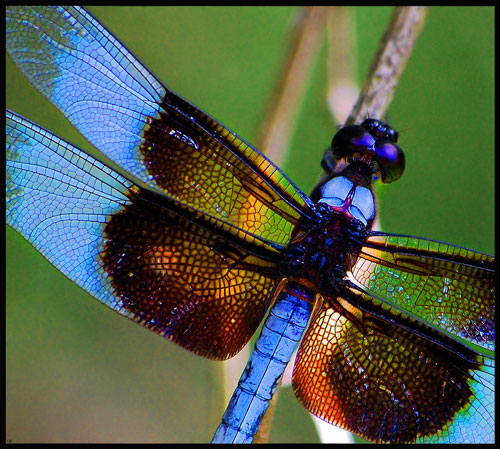Breaking the rules of photography
There are many 'rules' of photography (I prefer to think of them as guidelines) that we can follow in the effort for outstanding photos. But sometimes not following the rules can result in a more interesting and engaging photograph.
Now, I'm not saying that you shouldn't bother learning the 'rules' of photography, or that you should ignore them completely. Rather, once you have learned the rules, and how they work, you will then know when to make a conscious decision to break a rule.
- Bad: Breaking a rule because you don't know any better.
- Good: Breaking a rule because you want (or don't want) to achieve a certain effect.
With that out of the way, let's look at some examples of where breaking the rules can work well.
Read the rest of this entry »







